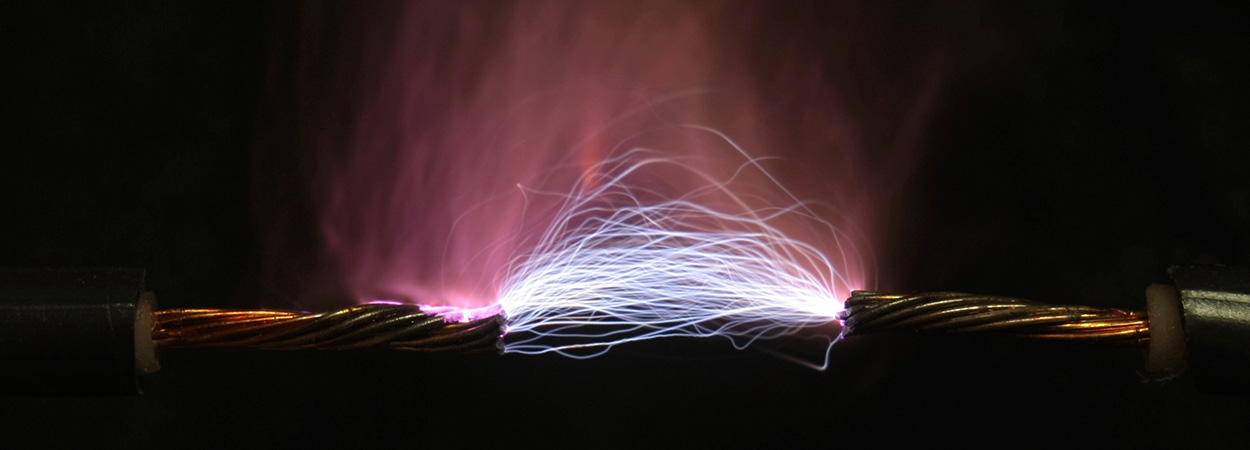Electrical Burns:
Electrical injuries can occur in a variety of settings. Adults often suffer from electrical injuries as a result of workplace accidents, whereas children often suffer these injuries in the home. Electrical injuries can range from mild to severe and life-threatening, and complications may be readily apparent or late in developing.
It is estimated that electrical injuries cause 500 to 1,000 deaths per year in the U.S. Many more sent to burn units as a result of electrical injuries.
Electrical burns are common following an electrical injury. These types of injuries are dependent upon several factors, the voltage, direction and time the victim was in contact with the electrical energy.
Types of electrical injuries:
• Direct contact burns- electrical energy passing through the tissue will cause damage to the skin surface, as well as to the tissue below, depending on the factors above. Generally, there will be damage at the contact point and at the ground point.
• Electrical arcs- electrical energy causes current sparks that travel between objects of differing electrical potential, as in a highly charged source and a ground, resulting in deep thermal burns. There may also be thermal and flame burns along the pathway of the arc.
• Flame burns- clothing can be ignited, causing direct contact burns from the flames.
• Flash burns- persons close to an electrical arc can experience flash burns which may cover large surfaces of the body. These burns are not usually full-thickness burns, but may involve large areas of skin.
How do these injuries affect the body:
• Cardiac arrhythmias- ventricular fibrillation, the chaotic quivering of the ventricles, and asystole, the absence of a heart rhythm, commonly affect those who have suffered an electrical injury. Victims suffering from either of these arrhythmias require immediate CPR and defibrillation in order to survive. Other, less threatening arrhythmias can occur, and may have a delayed presentation.
• Respiratory arrest- although the lungs are not good conductors of electricity, a victim may experience the cessation of breathing if the brain or chest is directly involved in the current pathway.
• Neurologic problems- victims who suffer electrical injuries may suffer damage to the spinal cord, seizures, loss of consciousness, confusion and amnesia. Long-term neurological deficits may present themselves after the acute phase of the injury.
• Musculoskeletal injuries- victims of electrical injuries may experience secondary injuries such as fractures due to falling or blunt trauma. For example, a worker on a telephone pole may fall a great distance if electrocuted by a live wire, resulting in multiple bone fractures.
If not deadly, electrical injuries can be life threatening. It is important to receive immediate attention and seek legal counsel to recover medical costs and lost wages.
Contact Todd today for your free case evaluation.

